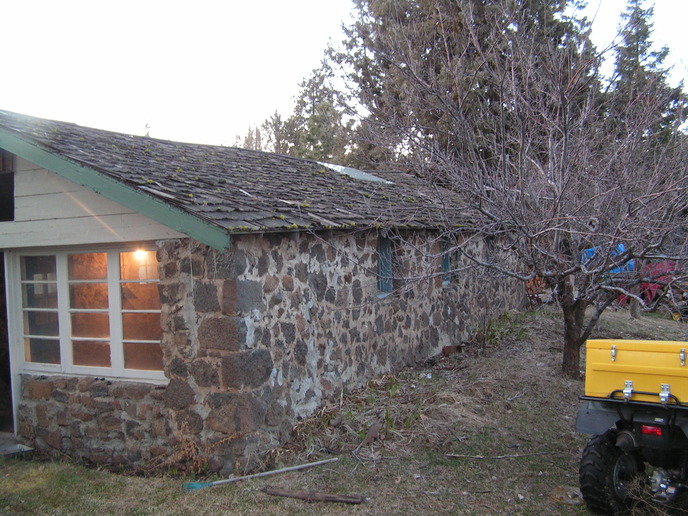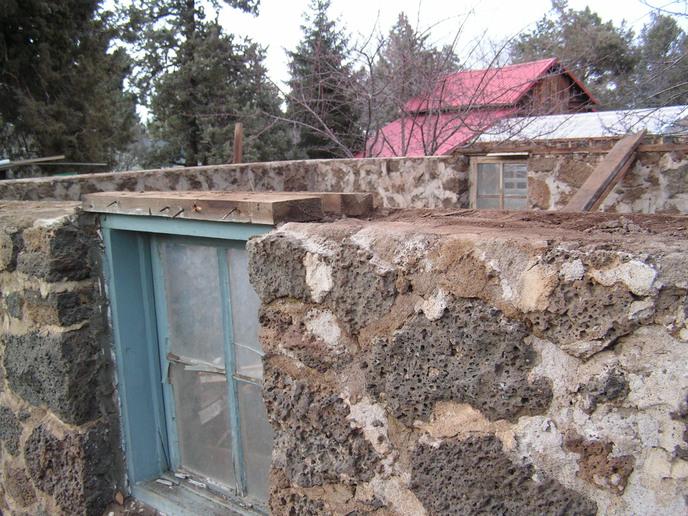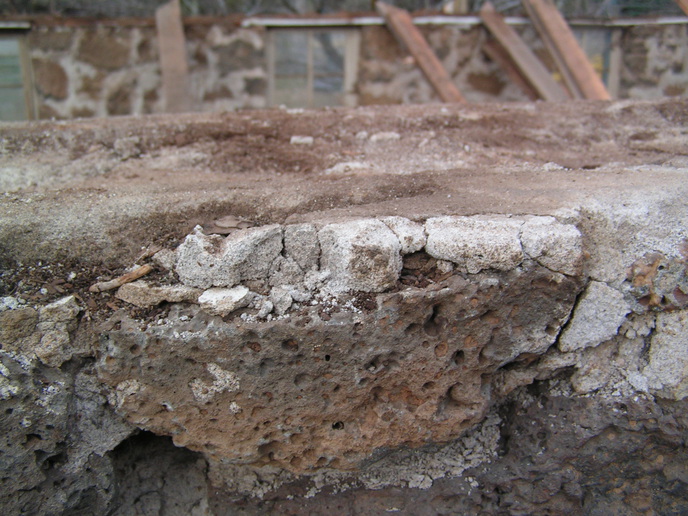State of Jefferson
Member
Reframing the roof on this old shop building and I'd like your(and anyones) opinion of my plan for the new mudsill attachment.
The old mortar is basically crumbling, and the old sill was pretty much just sitting on there.
After chipping off the worst of the loose mortar, I was planning on roto-hammering and epoxy-ing in some all thread to hold it down, then lay down a little "curb" of new grout to set the new plate in. Then tighten my hold-down bolts. Can you think of any better approach?
Thanks a bunch.
Ben




The old mortar is basically crumbling, and the old sill was pretty much just sitting on there.
After chipping off the worst of the loose mortar, I was planning on roto-hammering and epoxy-ing in some all thread to hold it down, then lay down a little "curb" of new grout to set the new plate in. Then tighten my hold-down bolts. Can you think of any better approach?
Thanks a bunch.
Ben





